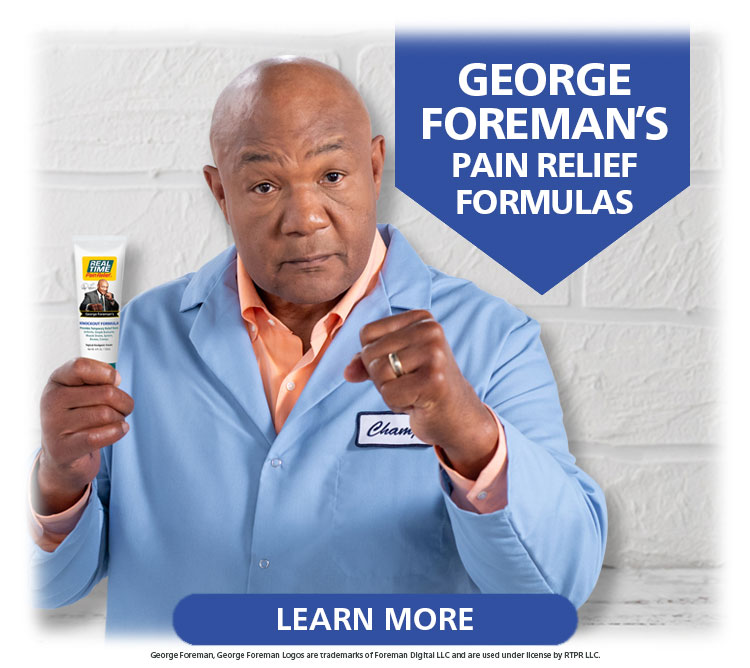Increase Vitamin D Intake

According to some doctors, those who come into the doctor’s office complaining about aches and pains in their bones often end up being misdiagnosed with fibromyalgia or chronic fatigue syndrome, instead of being accurately diagnosed with a vitamin D deficiency. A recent study showed that “93% of 150 people with unexplained sources of pain were recently found to be deficient in vitamin D levels.” The only way to truly know if you have a vitamin D deficiency is through a blood test. There are, however, signs and other symptoms that stem from a lack of vitamin D. One of them is depression. Serotonin, the neurotransmitter that regulates mood elevation, increases with more exposure to sunlight. In 2006, one study that involved 80 elderly patients, demonstrated a correlation between low levels of vitamin D and depression. Another sign of vitamin D deficiency is simply having darker skin. Apparently, those who have dark skin have a greater risk of deficiency because the darker the skin, the more exposure you need from the sun; in fact, they need almost 10 times more exposure than someone with pale skin needs. Someone may also have a deficiency in vitamin D if they happen to be 50 years or older. The older you get, the less your skin responds to sun exposure, which results in less production of vitamin D in the body. The more you age, the less able your kidneys are to convert vitamin D into something usable by the body. Another factor may be that people who are over 50 (especially if they are retired) spend more time indoors.
10 to 15 minutes of direct sunlight per day can help the body produce an adequate amount of vitamin D. If you live in an area that does not provide the amount of sunlight you need to absorb Vitamin D, you may want to consider consuming a supplement for it, or finding a vitamin that contains it. Some researchers have concluded that vitamin D helps to relieve pain by aiding in the absorption of calcium; which aids in bone repair and growth. It is important to consider a deficiency in Vitamin D as a source of your pain, especially for those who experience bone and joint problems. In younger people, Vitamin D is often overlooked as a source of their pain, which is why one of the most natural ways you can take care of your daily pain is to assess whether or not you are getting enough Vitamin D.
References:
National Institute for Drug Abuse, 2013
Center for Disease Control and Prevention, 2008
Dr. Sanjay Gupta: The truth about prescription medication addiction; February 22nd, 2012
Thorn, B. E. (2004). Cognitive therapy for chronic pain: A step-by-step guide. New York, NY: Guilford Press.
Dement, William C.; Vaughan, Christopher. The promise of sleep: A pioneer in sleep medicine explores the vital connection between health, happiness, and a good night's sleep. New York, NY, US: Dell Publishing Co. (1999). 13:556.
David Neumeyer, MD, associate director, Sleep Disorder Center, Lahey Clinic Medical Center, Burlington, Mass: Trials. 2008; 9: 53. Published online 2008 Sep 12. doi: 10.1186/1745-6215-9-53
Amir, S., Brown, A., Amit, A. The role of endorphins in stress: Evidence and speculations. Center for Research on Drug Dependence, Department of Psychology. 1980; 4(1):77-86.
Andwele M. Eat right for your type of arthritis: Learn about foods that help ease the pain and inflammation and slow disease activity. Arthritis Foundation. 2015. 1; (1-2) –
Plotnikoff, G., Quigley, M. Prevalence of severe hypovitaminosis D in patients with persistent, non-specific musculoskeletal pain. Mayo Clinic Proc, 2003 Dec;78:12:1463-70
7 Signs You May Have a Vitamin D Deficiency, May 28, 2014 The International Society for Clinical Densitometry,; Vitamin D Deficiency: The Silent Epidemic of the Elderly, , May 28, 2014
- See more at: https://rtpr.biz/index.php?option=com_content&view=article&id=2818%3A8-pill-free-pain-remedies&catid=141%3Aspecial-articles&Itemid=681&lang=en&limitst...









